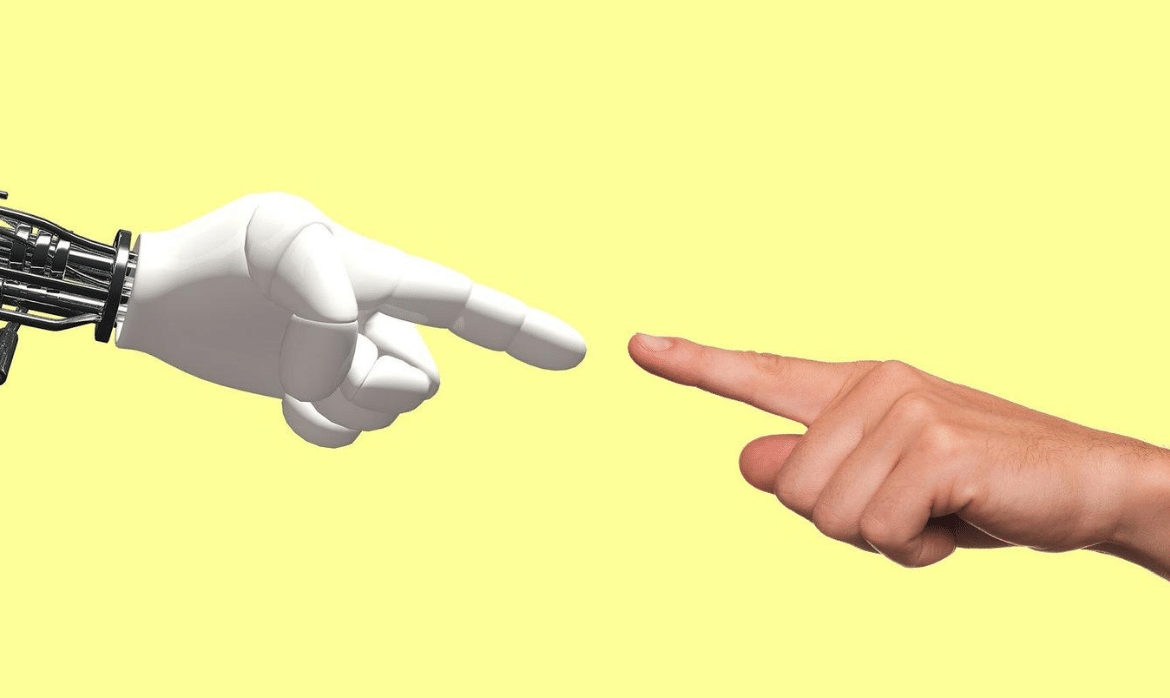
Human Augmentation Ethics: What You Need to Know
Human augmentation, the realm where technology converges with human capabilities, is undergoing a transformative journey. This evolution, propelled by advancements in biotechnology, nanotechnology, artificial intelligence, and robotics, holds the promise of reshaping not only how we live but the very essence of what it means to be human.
Diverse Avenues of Human Augmentation

Human augmentation is a multifaceted phenomenon, embracing various types, each with its purpose, method, and degree of enhancement. Exploring these diverse avenues sheds light on the current and emerging trends of human augmentation:
1. Restorative Augmentation
- Purpose: To restore or compensate for lost or impaired abilities like vision, hearing, mobility, or cognition.
- Devices: Cochlear implants, bionic eyes, prosthetic limbs, brain-computer interfaces, and even gene editing through technologies like CRISPR.
2. Enhancing Augmentation
- Purpose: To improve or exceed existing abilities such as strength, speed, endurance, or intelligence.
- Devices: Exoskeletons, smart glasses, wearable sensors, neural implants, and cognitive enhancers like nootropics.
3. Creative Augmentation
- Purpose: To create or acquire entirely new abilities, like flying, breathing underwater, or seeing infrared.
- Devices: Jetpacks, gills, night vision goggles, and gene editing through technologies like CRISPR for introducing novel traits.
While these trends offer a glimpse into the present and future of human augmentation, the potential for further development and exploration remains vast.
Applications and Benefits Across Domains

The applications of human augmentation span across various domains, promising benefits that touch on the very fabric of our existence:
1. Health
- Benefits: Prevention, treatment, or cure of diseases and disorders, enhanced physical and mental performance, personalized and precision medicine.
- Technology: Implants, drugs, gene editing.
2. Work
- Benefits: Increased efficiency, reduced errors and risks, enabling new skills and tasks, facilitating remote and flexible work.
- Technology: Communication and collaboration tools, immersive environments.
3. Education
- Benefits: Enhanced memory and attention, experiential and adaptive learning, inclusive and equitable education.
- Technology: Feedback and guidance systems, adaptive learning tools.
4. Entertainment
- Benefits: Enhanced creativity and expression, immersive experiences, new forms and genres of entertainment.
- Technology: Creative augmentation devices, virtual reality experiences.
5. Security
- Benefits: Improved detection and prevention, enhanced protection and defense, enabling new modes and methods of security.
- Technology: Surveillance and monitoring systems, defensive weapons.
As we navigate these applications, the potential for even more innovative uses emerges based on the evolving needs and desires of users and society.
Navigating Challenges and Risks
Yet, the trajectory of human augmentation is not without hurdles. Challenges and risks loom large, demanding careful consideration and proactive measures:
1. Ethical Issues
- Concerns: Access and control over technology, distribution of costs and benefits, responsibility and accountability.
- Challenges: Respect, autonomy, consent, justice, equity, and dignity, especially in experiments involving human or animal subjects.
2. Social Issues
- Implications: New opportunities and challenges in education, research, and development, new inequalities and conflicts, changing expectations and demands.
- Effects: Identity, diversity, culture, and religion, especially in instances involving modifications to traits or species.
3. Legal Issues
- Uncertainties: Regulation and governance of technology, protection and enforcement of rights, resolution and prevention of disputes.
- Challenges: Intellectual property, biosecurity, biosafety, and bioethics, especially when the technology pushes legal boundaries.
4. Security Issues
- Threats: Hacking, sabotage, misuse of technology by malicious actors.
- Vulnerabilities: Dependence, addiction, side effects compromising health, safety, or privacy.
Meeting these challenges requires collaboration and engagement across various stakeholders, including scientists, policymakers, regulators, ethicists, and citizens. Principles like precaution, transparency, participation, and responsibility should guide the development and implementation of human augmentation technologies.
In Conclusion: A Balancing Act for the Future
In conclusion, human augmentation stands as a powerful force, offering the potential to elevate human abilities and experiences. However, its journey is laden with complexity and controversy, demanding an approach steeped in curiosity, openness, and responsibility. It is not the final destination but a means to sculpt a better and brighter future for humanity.